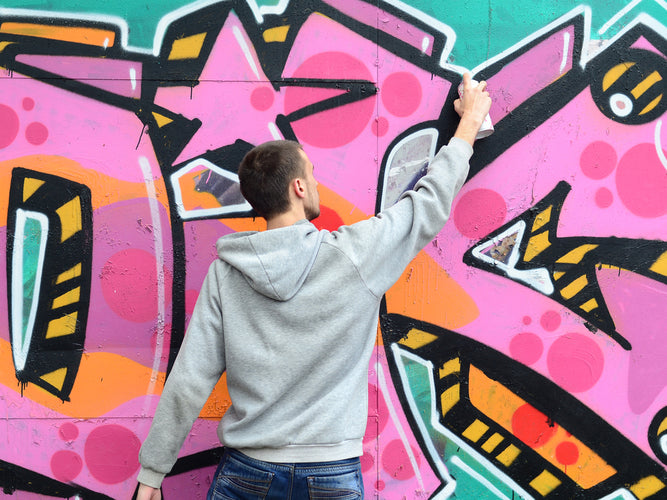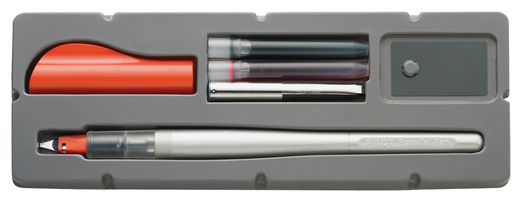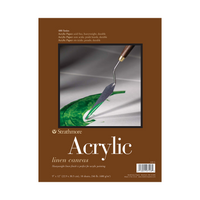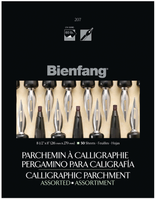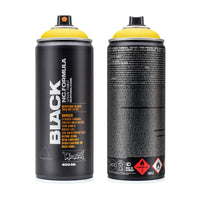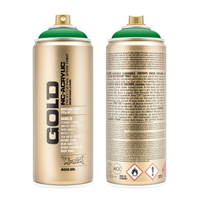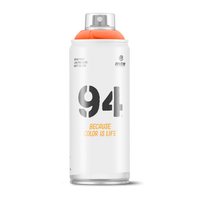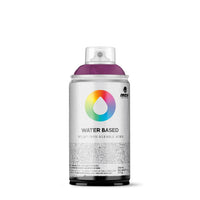Throughout history, art has taken on many different forms. Art appreciators still revere most of these styles to this day.
All art reflects the life people experience, and the art of a generation will reflect the emotions, needs, and desires of that era.
Urban art is no different. What some considered to be a glorified version of writing on the walls with crayons has turned into a style of art with a large following.
So large, in fact, that many want to try it themselves. If you are among this group, you’ll want to know how to get into urban art: aerosol and graffiti for beginners.
What is Urban Art?
Urban art often goes by another name; graffiti. While many people would consider graffiti a modern concept, it’s the oldest type of art if you think about it.
Cave dwellers have drawn on walls since life began. Only now, the methods and styles have modernized.
Graffiti allows artists to let the world know they exist and to share a sense of belonging with other artists.
During World War II, the soldiers had their very own “tag” that they shared and drew on surfaces in locations they visited. It was a simple drawing, but all soldiers recognized it, and seeing it and drawing it reminded them that they are not alone.
In the modern-day, drawing graffiti serves a similar purpose. Contemporary street artists date back to the 1960s in the streets of New York City. These artists began with a simple ritual of placing their “tag” or artistic rendering of their identity in places that many people would see.
They soon began to add their tags to subway cars and trains, knowing that they would travel throughout the area and spread the graffiti to more eyes than ever.
Street art has become more and more respected over the years. Onlookers no longer consider it “vandalism” anymore. It’s now a legitimate art form, with well-known artists and pieces.
Graffiti includes typography, imagery, and other visual concepts.
While all cities have graffiti, specific global locales have a more distinct collection than others.
These include:
- Bristol, England
- Melbourne, Australia
- São Paulo, Brazil
- Buenos Aires, Argentina
- Los Angeles, USA
- And of course, where it began, New York City
The most notable graffiti artists include EpS, Barry McGee, Revok, Dondi, Basquiat, and Banksy.
How To Start Doing Graffiti
Just like any other art form, you can develop graffiti skills with practice. Of course, since the canvas of graffiti can be challenging to obtain, you will want to practice drawing on paper before attempting to spray-paint a wall outside.
Graffiti Supplies
It is crucial to understand and use the correct supplies for graffiti. When making your art outside, you’ll use spray paint.
But, for the sake of practicing your technique, these products work best:
- Artist Pens- For outlining and adding the finishing touches, artist pens have fine points and a smooth glide ink that makes it easy to draw precisely.
- Paint Markers- These markers are perfect for filling in the designs you draw with the artist pens. The bold colors are highly pigmented and dry quickly, so there is less smudging.
Graffiti Styles
There are several different types of graffiti styles. Many include variations in drawing graffiti letters, but other types take the art a bit further by adding more than just lettering.
Here are a few graffiti styles to note:
- Tags: This is the original form of graffiti that consists of simple lettering unique to the individual urban artists.
- Throw-ups: Throw-ups are slightly more complicated than tags. The letters take on a more artistic form with more color and often contain bubble letters.
- Blockbuster: These are similar to throw-ups but are much larger. Instead of the bubble style, use a block style for lettering, hence the name.
- Wildstyle: If you’ve ever had difficulty reading graffiti letters, it may be because of its wildstyle. These elaborate works of art take much more time and creativity than the original throw-up.
- Stencil: This type of graffiti involves making a stencil out of a durable piece of material and then spray painting inside the cutouts. This is a faster way to create graffiti but impressive nonetheless.
- Piece (masterpiece): As you can probably guess, a piece is a complete work of art with more than simple lettering. This type of graffiti includes images of varying subjects and even backgrounds done freehand.
- 3D: This form of graffiti can also be considered an optical illusion. The artist creates an image that seems to take on a three-dimensional visual, almost jumping off the pavement.
It’s best to master the basics, so to start, you will want to practice lettering on paper in whatever style(s) you want to create. You might want to keep a sketchbook with your work to see how much you’ve progressed.
Once you feel like you’ve honed your lettering craft, you can move on to the practice of drawing graffiti images.
You can always check out tutorials online. There are plenty of graffiti tutorials, instant downloads, and videos that give step-by-step instructions on perfecting different styles.
You can even download a PDF or PNG image and print them to trace or copy the hand style.
As with any art form, you can always test out different techniques and supplies, but you’ll find a way to make the art “uniquely yours”.
Yes, there are many professional graffiti artists out there who practice similar styles and techniques. But no two artists are the same. Finding your own way to add a personal touch to your pieces is what makes you a true artist.
How to Get Good at Graffiti
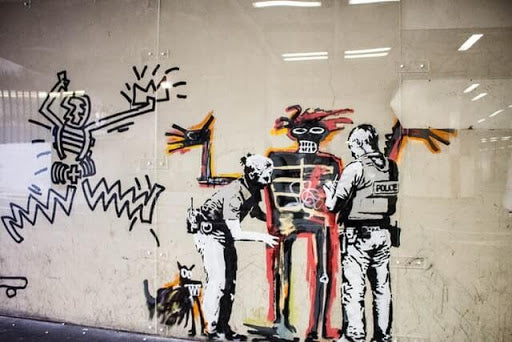
The best place to start gaining mastery with graffiti is at the beginning, of course. First, you will want to practice simply having suitable hand styles for the varying graffiti styles.
For example, the way you hold a pen when doing 3D block lettering will be different from creating a bubble letter on paper.
Practice the various styles of graffiti in your sketchbook. Be sure to place an extra piece of paper behind the sheet that you are working on to catch any bleed through from the black marker or pen.
Shading and Outlining
Once you feel more confident in your ability to control the ink from the pen, you’ll next want to practice shading and outlining your letters.
This easy beginner graffiti letter art project helps you learn more than just the art of graffiti tags. It also discusses the positioning of the letters to ensure the letters will all fit on the page.
This tutorial even has a downloadable PDF file that you can use to help you along the way. It goes through blending, shading, and background images as well.
Start Doodling
Once you’ve done a few lettering projects, the next thing to start doing is using your sketchbook to doodle any graffiti ideas that you have for a possible piece you can create outside.
You will learn how to create more detail the more practice that you do. You’ll notice that your letters become more interesting with visual interest added in the background and some added exciting elements.
Join the Community
As with any art form, you can always learn from the masters. If you want to learn how to get better at lettering, this page has different lettering styles that graffiti artists around the world use.
Streetpins is a free members-only website that you can join to see and share graffiti and street art. You can comment on your contemporaries’ artwork and, of course, browse others' finished pieces to get inspiration.
There is even the option to enter contests. This can help you get motivated to improve. There is nothing like a healthy dose of competition to up your art game.
Dragoart is a great place to visit to brainstorm new graffiti ideas or learn how to perfect a particular form or subject. There are some fabulous tutorials that you can use to improve your art.
You can also join groups or follow artists on Facebook, Instagram, or another social media platform to stay up to date on new styles and discuss your newfound love of graffiti with others who share your passion.
How Do You Create Graffiti Art Outside?

Once you’ve perfected creating graffiti art on paper, you will probably want to graduate to the original form of graffiti and spray paint outside.
Of course, you don’t handle a can of spray paint the same as you do a paint marker and pen. You will have learned the hand styles, but now you need to know spray paint techniques.
The way the paint will settle on different surfaces is also important to learn. Most artists tag the side of buildings, which are usually cement or wood.
Spray Paint Brands Best for Graffiti
Montana Black is a popular brand of choice for graffiti artists. The can releases the paint at a high pressure no matter what the weather is like outside.
The low noise cans make it less obnoxious for you to create your art and the fast drying time lets you complete pieces with overlapping and reapplication of paint in less time.
Montana Gold is a supreme version of Montana Black for the elite artist who wants the highest performance for the most realistic artworks. These cans are pricier, but you get more bang for your buck.
MTN spray cans are another great choice. These paints come in three different styles - the matte finish, the glossy finish, or the water-based paint. Which type you choose is entirely dependent on your preference and style.
All About Caps
When using a spray paint can, you can change the caps on the top of the can to alter the release of the paint.
A wider cap width will provide a more extensive line when sprayed. These caps are commonly referred to as a “fat” cap.
A narrow cap will release a more delicate line of paint. These caps are known as “skinny” caps.
There are also specialty caps made for specific graffiti styles. For example, calligraphy caps have an extended release line that can be turned and used to draw calligraphy-style lettering.
There are also needle caps for splattering effects, stencil caps for the finest of lines, and mixing caps that fit on two cans at once to mix the colors.
When purchasing caps, make sure the cap you are using will fit the specific paint brand you are using. Not all caps are universal. Some are specific to a particular brand of paint.
Mounting and taking caps off is also an acquired art. The process can be very messy, with paint spraying everywhere if you don’t do it right. The best way to mount a cap is by twirling the cap onto the tip of the cap with light pressure.
Understanding how and when to use each cap will significantly improve your street art. As will your ability to hold the spray can correctly.
Managing the Can
Before painting, always shake your can. This will ensure that any separated color and solvent will mix well and come out clean and even. The closer to the wall you hold the can, the thinner and more saturated the paint will look.
When you step away from the wall, your painting area will become much broader and less saturated. You can manipulate the way the paint hits the wall by angling your hand when you push down on the cap as well.
The tips and preferences that you discover will come with time and practice.
Where to Create Graffiti Art Outside
It’s important to know that even though people accept graffiti more than before, it’s still illegal to graffiti a surface unless the building owner has permitted you to do so.
You always have the right to graffiti on your property (but check with your HOA!). Some popular places are your garage door, the back wall of your house, or your fence line.
You can even graffiti on cars, vans, or trucks that you own, or that belong to others that you get permission to paint on.
No matter what, it is always a good idea to check the laws in your state before taking your spray cans to a wall outside to protect yourself from any violations.
Conclusion
Indeed, urban art deserves the spotlight. It also deserves to have new generations of artists learn and enjoy it. By following the methods in this article, you too can become an urban artist with skills.
Of course, an artist always does their best work when using high-quality art supplies. Rileystreet is the best source for all urban art supplies that can take your graffiti from newbie to professional street artist.


